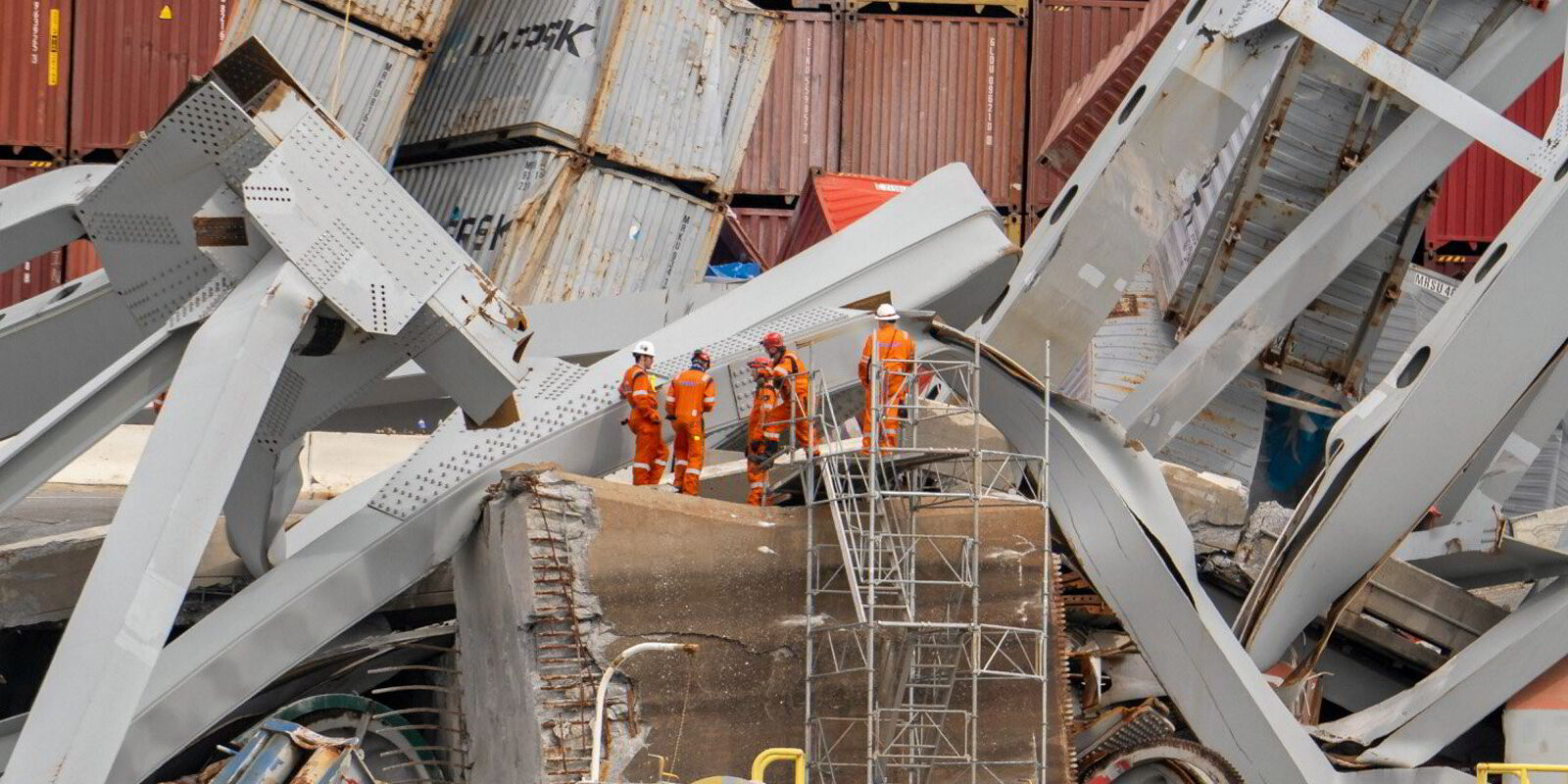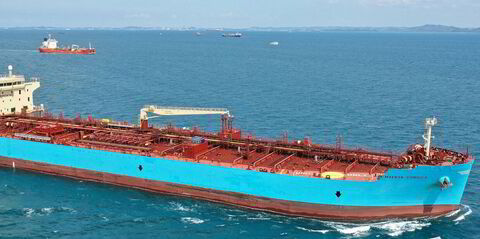Shipowners are expected to reap rewards from declining hull and machinery premiums, according to leading marine insurance broker Gallagher Specialty.
Premiums for hull and machinery cover are expected to dip amid increased competition among underwriters drawn by the stronger market in recent years, the broker said.
The most-respected shipowners with the best-maintained fleets are likely to benefit the most from a softening insurance market, with some of the major players in the London market setting ambitious premium growth targets this year.
Marine insurers’ efforts to secure larger market shares come after some left the market in 2018 when Lloyd’s of London told syndicates to cut out underperforming sectors.
It followed two decades of soft market conditions for the marine hull business and heavy losses for the leading insurance marketplace after a string of costly natural catastrophes.
Several years of improving markets have lured new market entrants.
Global marine insurance premiums in 2022 totalled $35.8bn, an annual increase of 8.3%, according to the latest annual figures published in November by the International Union of Marine Insurance.
New entrants include Tom Fulford-Smith and Charles D’Alton’s Ai Marine, which launched in January.
Established players have also been encouraged to increase their marine underwriting book, Gallagher said.
But the increased competition has already led to the market softening as more insurers vie for the limited available tonnage.
“The concern around claims inflation remains, but underwriters are having to suppress these fears for the time being, as applying corresponding rate increases will undoubtedly lead to the loss of the most attractive and profitable accounts,” Gallagher said in a market update.
Michael Ingham, executive director of marine at Gallagher, told TradeWinds that the pressure on price was set to continue for a year or two under current conditions as underwriters sought to “wrestle” the best tonnage from other providers.
The marine insurance golden goose has traditionally been seen as relatively new gas carriers and tankers vetted by oil majors along with high-spec offshore vessels.
“In the shipping world, there isn’t a completely new fleet that pops up every week that nobody has insured before,” he said.
“What everyone is trying to get is something that already exists that belongs to somebody else from an insurance point of view.”
He said that the privately expressed growth plans of some of the London market leaders had been eye-opening, as their growth ambitions were larger than entire portfolios being built by new entrants to the market.
“So when we’re looking at the extra capacity in the market, we have to be very conscious of not just talking about new entrants, but about established participants wanting to grow,” Ingham said.

Outside factors can still turn the market with the full consequences of the likely largest ever maritime insurance case, the 9,962-teu container ship Dali (built 2015) bringing down a bridge in Baltimore, yet to play out.
An extremely active Atlantic hurricane season is also expected this year, which could affect insurance markets more broadly.
Loss estimates from the earliest category five hurricane on record in the Atlantic basin have been estimated at $2bn to $4bn — similar to losses from the Dali disaster.
Read more
- Divers seal leaks on sunken tanker as oil hits coastline
- First tanker blacklisted by Britain shrugs off sanctions to load crude cargo
- Landmark oil spill threat sees salvage team tackle tanker sunk in typhoon
- Aon: P&I clubs will struggle to justify premium increases in 2025
- P&I insurer West warns over collision payouts linked to sanctioned Russian insurer





